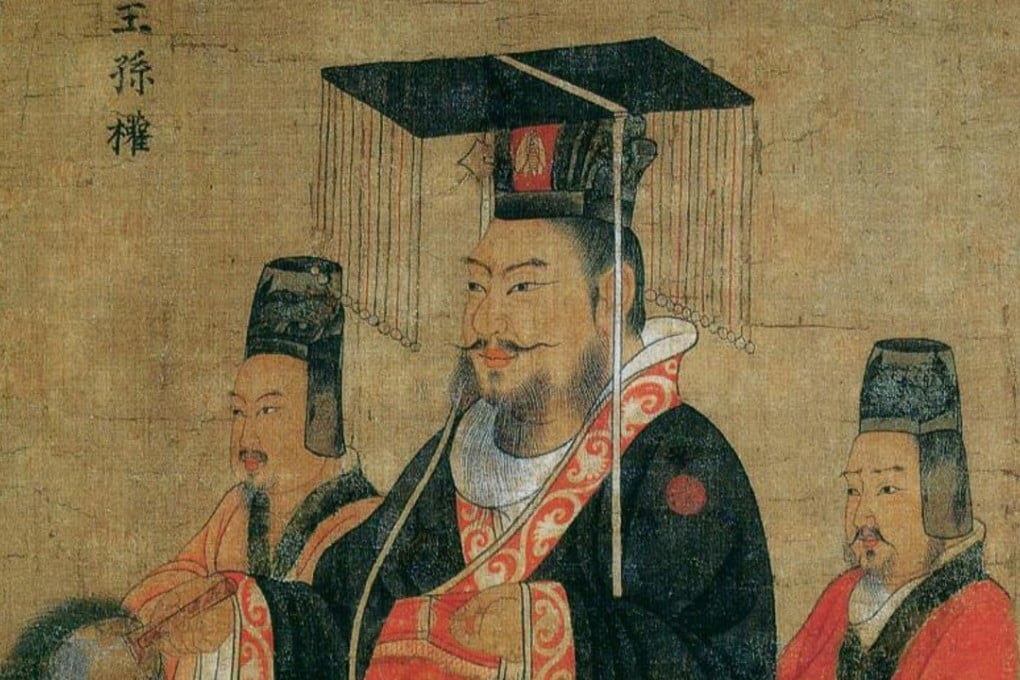Discovery of Cao Cao’s tomb turns focus onto search for Chinese warlord’s rivals
Archaeologists may have confirmed the final resting place of one great general, but where his adversaries, Liu Bei and Sun Quan, were buried remains a mystery

After archaeologists confirmed they had found the remains of the celebrated Chinese warlord Cao Cao, the focus immediately shifted to the long-standing mystery of where his two great rivals are buried.
Cao and his adversaries Liu Bei and Sun Quan carved up the country between them 1,800 years ago and they remain household names in China and beyond, thanks to the prominent role they play in the classic 14th century novel Romance of the Three Kingdoms and numerous other artistic works.
As the Han dynasty’s empire disintegrated, they spent years battling each other before eventually dividing the country into three separate realms.
Late last month, experts from the Henan Provincial Institute of Cultural Heritage and Archaeology concluded that the remains of a man, who had died in his sixties, found at an ancient tomb in the province was Cao, a central figure in the Three Kingdoms period (220-280).

The location of his tomb was shrouded in mystery for centuries, until 2009 when a burial plaque found in a grave in Gaoxixue village in Anyang county said it marked the last resting place of King Wu of Wei – Cao’s posthumous title.
Excavations at the site found that, in apparent defiance of his father’s ban on ostentatious burial sites, his son and successor Cao Pi had built a grand mausoleum to honour him.